Causes Of Hair Loss
It is normal for a certain amount of hair to fall out every day. People usually lose up to 100 hairs each day. If hair falls out in more significant amounts than usual, it can cause distress and worry.
If a person notices that they are losing more hair than usual, they may have an underlying condition. In this instance, the first port of call should be to seek advice from a doctor to find the underlying cause. Once the underlying cause has been explored, CrownCouture is on hand with a wealth of knowledge in hair loss, and skills in providing clients with bespoke hair replacement solutions.
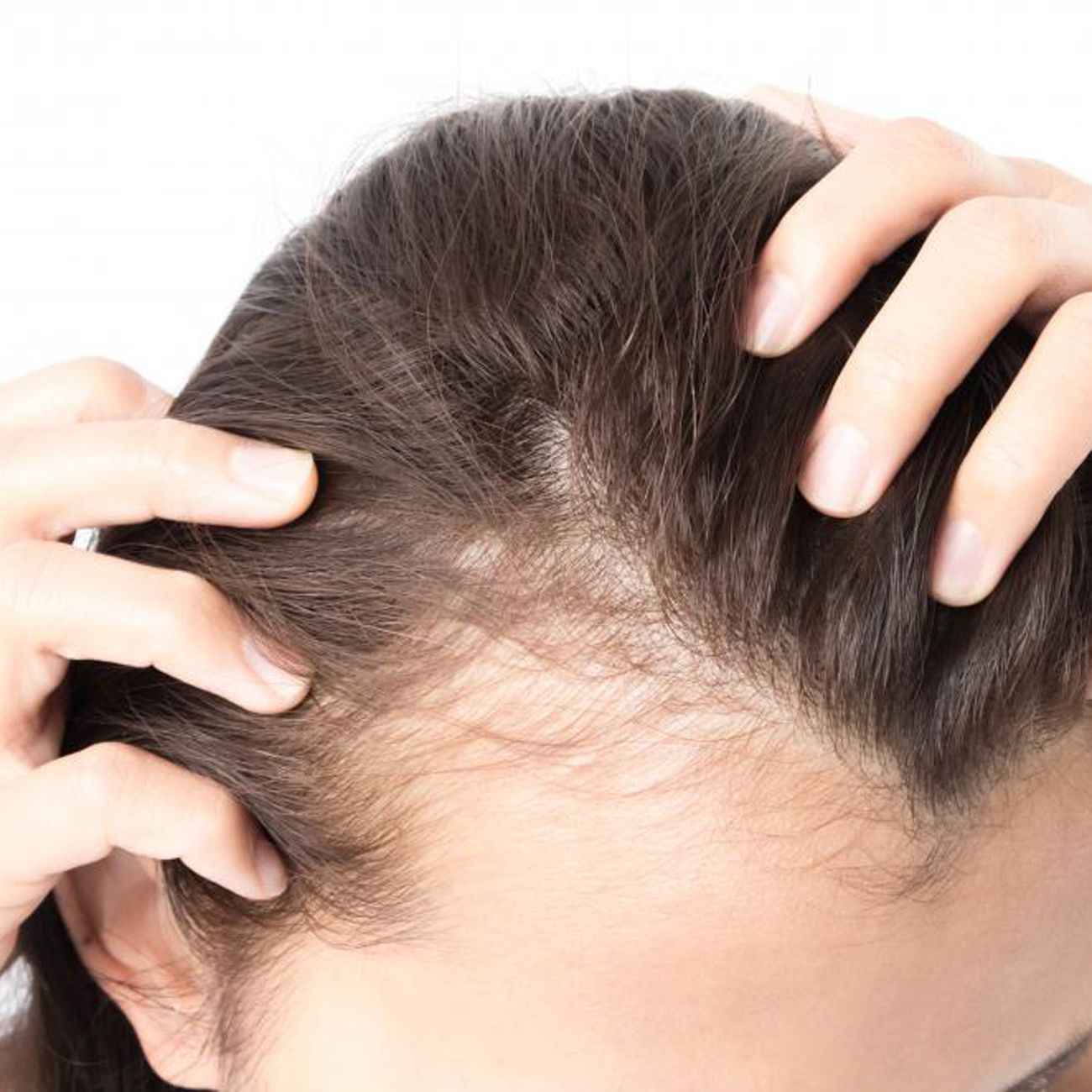
ANDROGENIC ALOPECIA
Female Pattern Baldness/Androgenic Alopecia is a condition that affects many women. It can occur through hormonal changes due to menopause, age, or also if there is a family history of male or female balding. Over time, the hair follicle will shrink and so the hair will grow thinner and shorter, this will give the appearance of very fine hair and even exposure of the scalp, eventually the hair will stop growing and the hair loss and overall thinning will become more noticeable. Female pattern balding is mostly more noticeable on the crown/parting area.
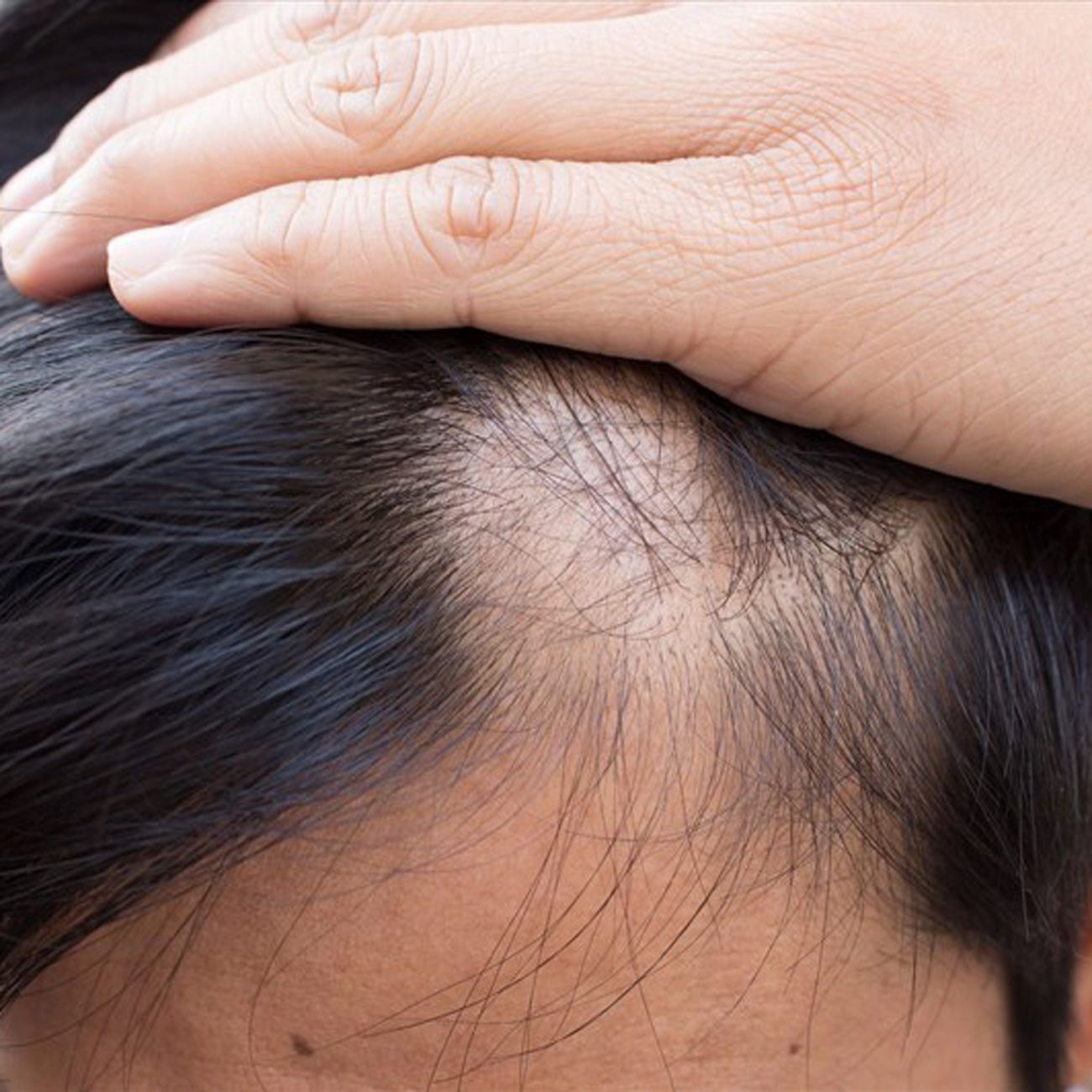
ALOPECIA AREATA
Alopecia Areata most commonly affects younger women and children. The condition is due to an auto-immune response, where the blood in the body forms white cells that attack the hair follicles which produce hair. It causes hair growth to stop, and the follicle enters a resting phase of its cycle which is a cause of hair loss. Most cases of AA are characterised by a shiny patch of scalp that becomes visible through the hair and feels silky smooth. Hair loss from AA can be sudden, developing in just a few days which can be very difficult to adapt to emotionally.
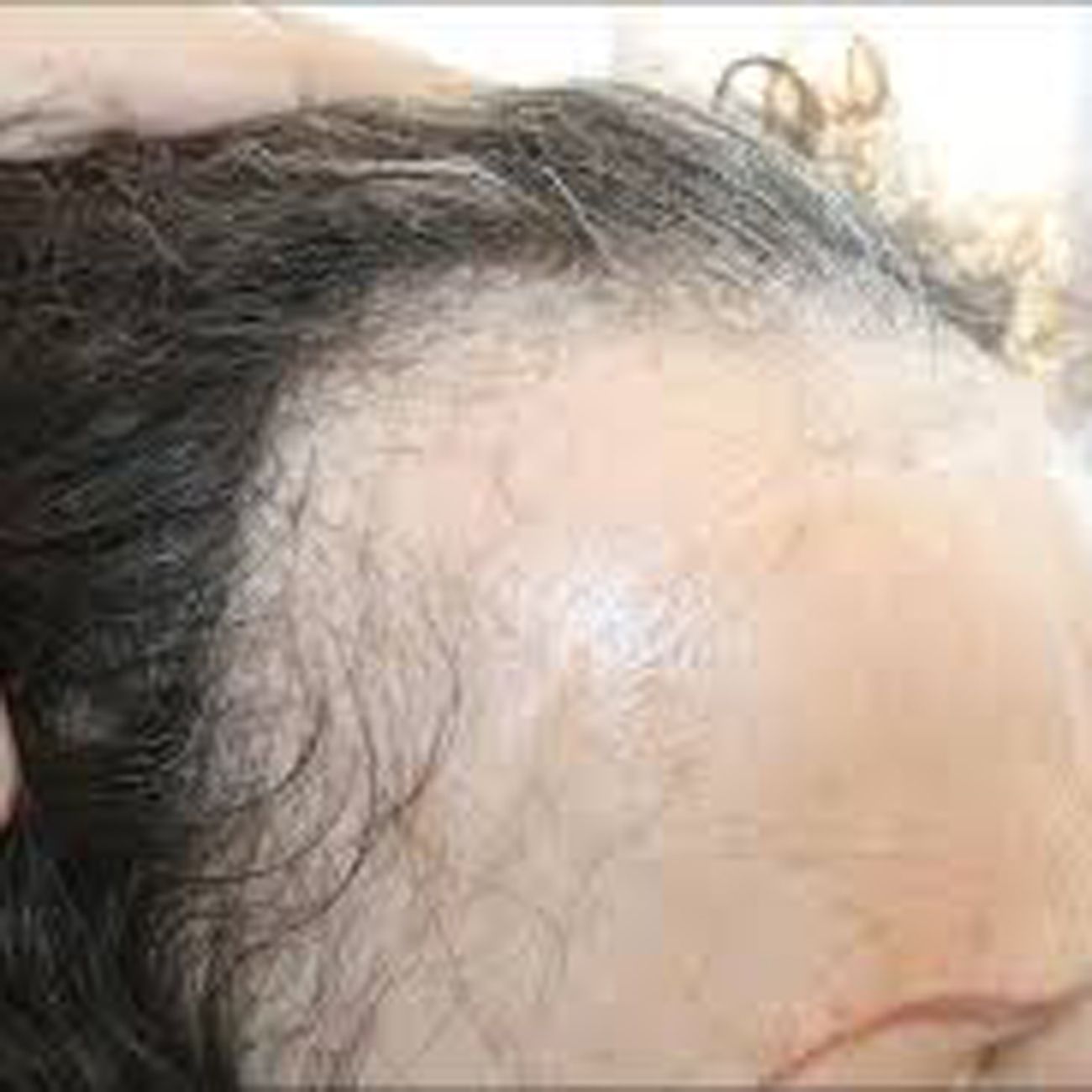
FRONTAL FIBROSING ALOPECIA
Frontal Fibrosing Alopecia is a form of scarring alopecia which affects the hair on the front of the scalp. The hairline recedes gradually, and the amount of hair loss varies from person to person. Hair around the ears and the eyebrows can also be affected. Once a hair has fallen out, it won’t regrow, and the skin might be left looking paler than the surrounding skin. Frontal fibrosing alopecia is most often seen in women who have gone through the menopause, though it can rarely affect pre-menopausal women and even men.
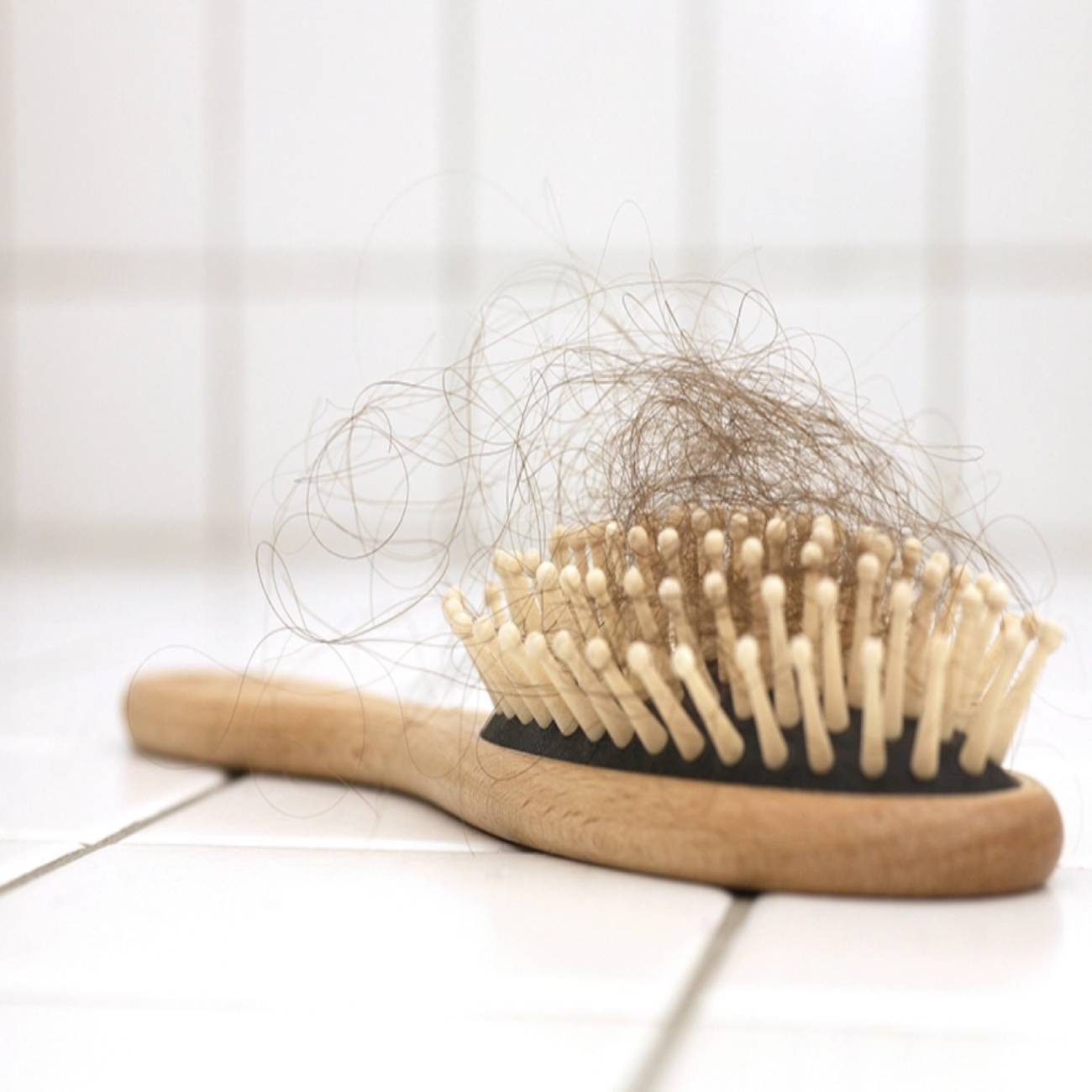
TELOGEN EFFLUVIUM
Telogen Effluvium is a form of Alopecia that causes excessive hair shedding. Normally, an average person sheds up to 150 hairs each day, but a person who suffers from Telogen Effluvium might shed thousands of hairs every day. Such dramatic and sudden hair loss can be very upsetting, and some people can lose up 70% of their hair within days. The acute form of the condition can last up to 6 months, but the chronic form of Telogen Effluvium can last much longer. In these cases, the hair can take much longer to recover, and it might only recover once the underlying cause of the condition is addressed.
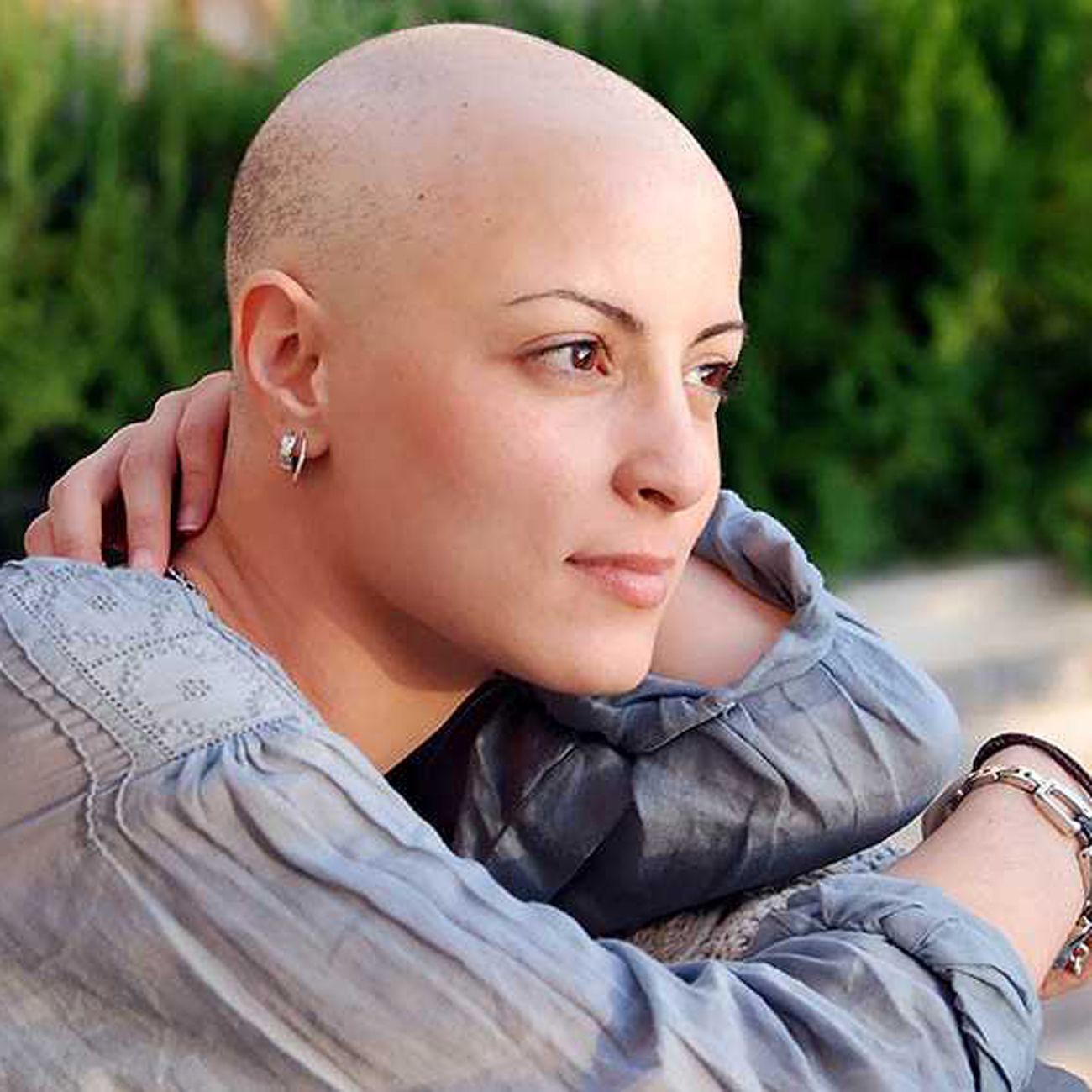
CHEMOTHERAPY
Hair loss is one of the most devastating side effects of having chemotherapy treatment for cancer. Hair loss occurs because chemotherapy destroys rapidly dividing cells in the body, including healthy cells. The hair follicles are cells that divide very quickly, and so the treatment destroys them. Within a few weeks of starting chemotherapy treatment, you might lose some or all of your hair. Hair loss can happen gradually or suddenly; you might notice clumps coming out in your hairbrush or in the plughole after you have a shower. Chemotherapy doesn’t always just affect the hair on the head either, eyebrows, eyelashes and other types of body hair can fall out.
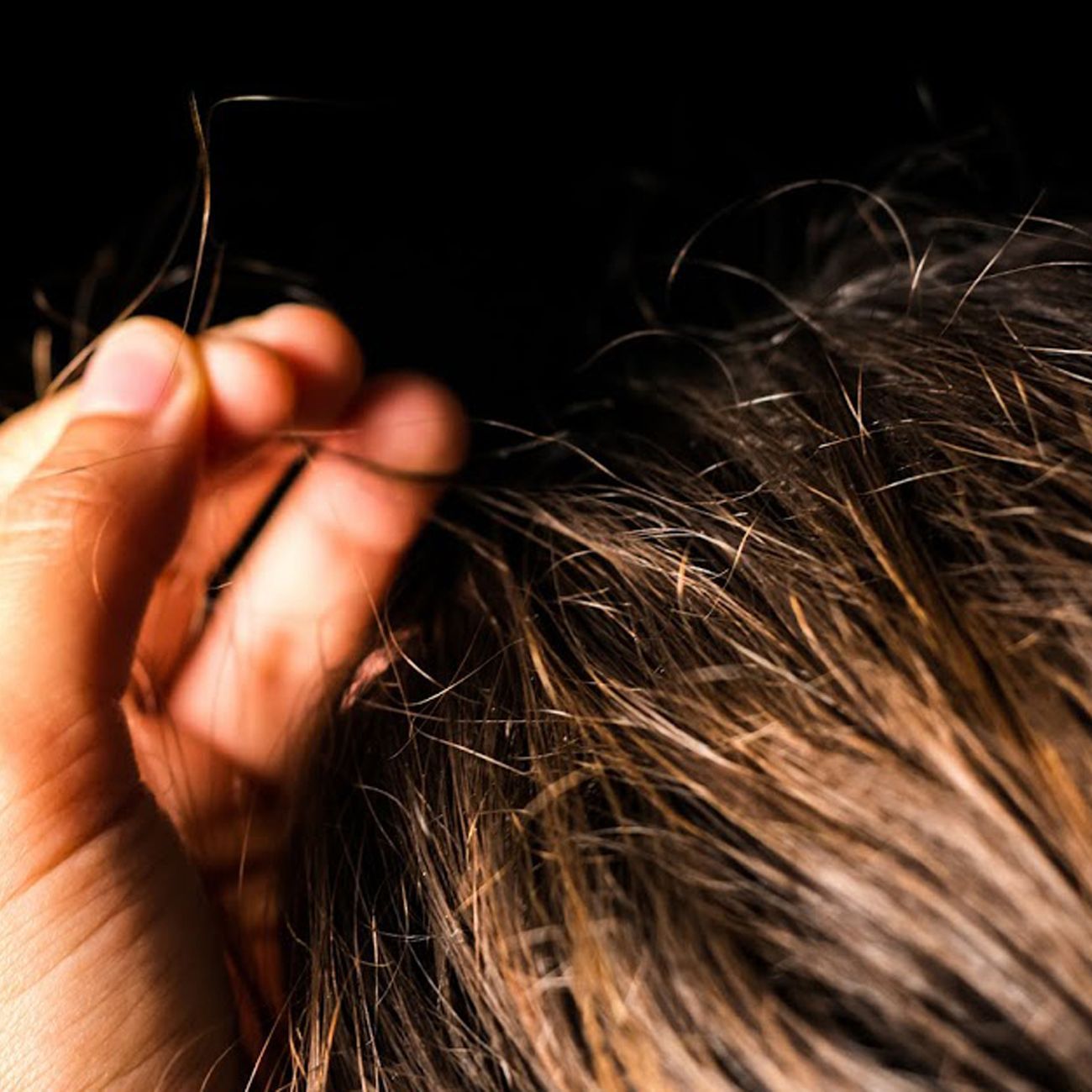
TRICHOTILLOMANIA
Trichotillomania, also known as trich, is when someone can’t resist the urge to pull out their hair. Trichotillomania is an obsessive-compulsive disorder where sufferers have an impulse to pull at their hair. People who have the condition might also pull hair from their eyebrows, eyelashes, or pubic area, and the amount of hair pulled out can vary from a few hairs to enough to cause a complete bald patch. Most sufferers tend to stick to pulling hair from one area. Trich is more common in teenagers and young adults, and tends to affect girls more often than boys.
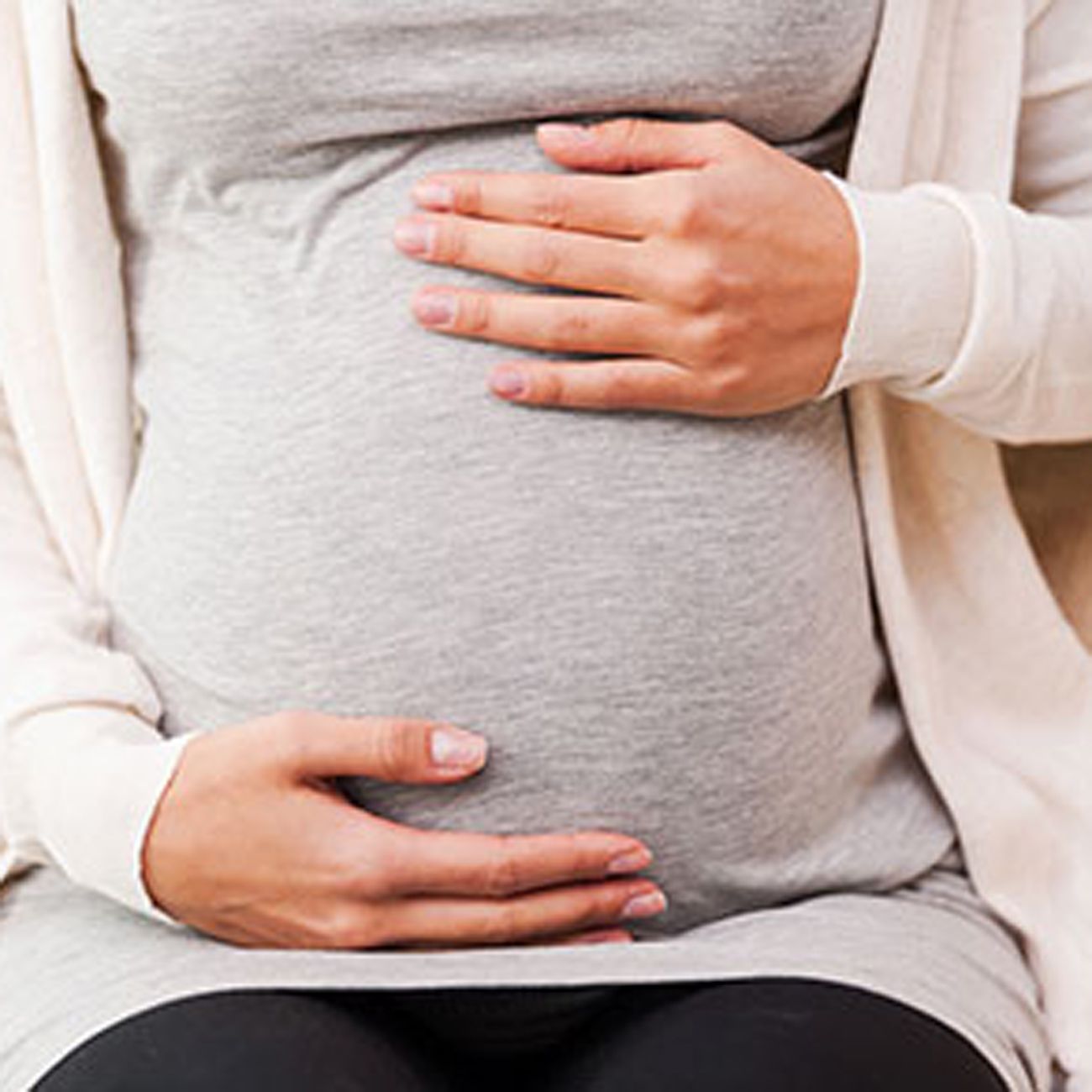
POST-PREGNANCY HAIR LOSS
Causes of hair loss can be due to Pregnancy hormones as fewer follicles to enter the resting stage, so hair growth is greater than normal; and many women find their hair looks thicker at this time. However, these follicles do eventually go into the resting phase after a woman has given birth and the hormones start to return to normal. So around three months after the baby is born, a woman loses many more hairs than when while she was expecting. This is quite normal and these hairs do resume their usual cycle, allowing the hair to regain its normal volume.
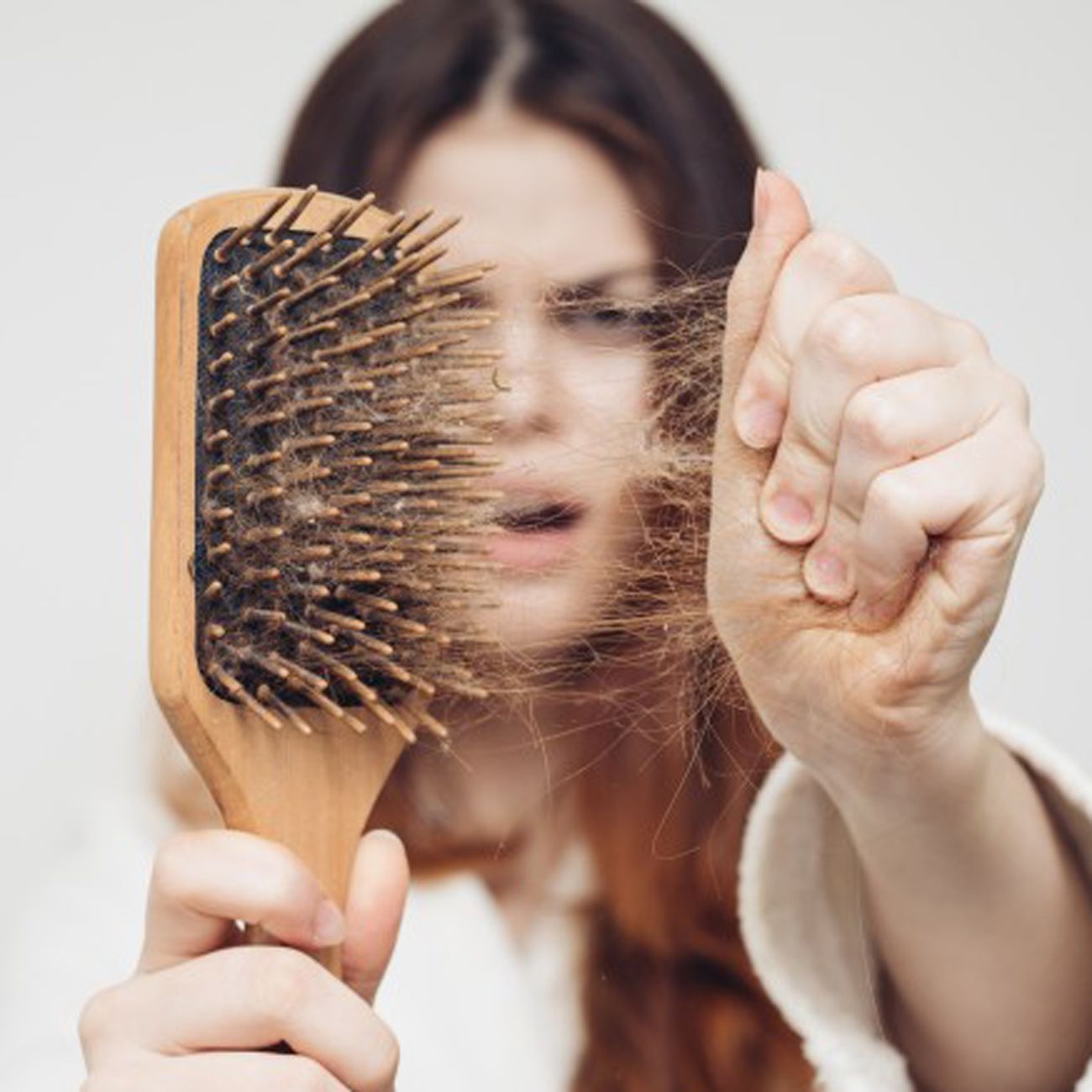
ILLNESS AND MEDICATIONS
The stress of illness can be a cause of hair loss as hair follicles to go into their resting (telogen phase) and this causes the hair to stop growing temporarily. This means that hair sheds but is not replaced by new growth.
Some of the common illnesses that cause hair loss include Thyroid disease, Lupus and Polycystic Ovarian Syndrome. Medications can also cause hair loss ACE inhibitors, Antidepressants, Anticonvulsants, Beta blockers, Contraceptives and Statins.

TRANSGENDER HAIR REPLACEMENT
We understand the difficulties the transgender community face, so we would like to reassure you that everyone that enters our doors is treated equally, hair loss knows no gender, so everyone who visits is here for one main reason, to have fabulous hair. If you are not affected by hair loss but rather just need a more feminine style, thicker and longer hair, we can work together with your perfect hair images to help you feel more confident in your end result.
POSSIBLE SOLUTIONS
INTEGRATION SYSTEM
Our Integration system is a mesh-based custom-made hair replacement system which is great for all degrees of hair loss.
WIGS & HAIR PIECES
As Edinburgh’s hair loss specialists, we also stock a fantastic selection of hair pieces and read-to-wear wigs. Visit our studio now.
CROWN VOLUMISER
Our hair Toppers & Crown Volumizers are a perfect solution for covering hair that is fine or thinning specifically in the crown area.
HAIR TOPPERS UK
Hair toppers can easily be added to your own hair for added volume and length. A perfect solution for women with thinning hair or hair loss.
SCALP MICROPIGMENTATION
Whether you are losing hair due to hereditary/genetic reasons, alopecia, or you just wish to cover up a scar or conceal your receding hairline, SMP is an effective treatment.
MEN’s HAIR REPLACEMENT SYSTEM
Regardless of whether your hair loss is caused by male pattern baldness, Alopecia or genetics, our tailor-made hair loss systems can help you restore your confidence.


